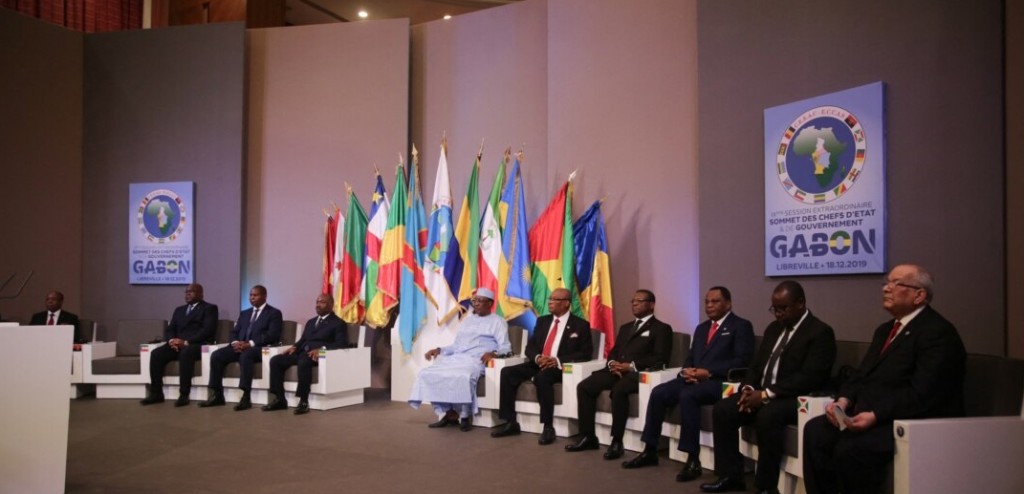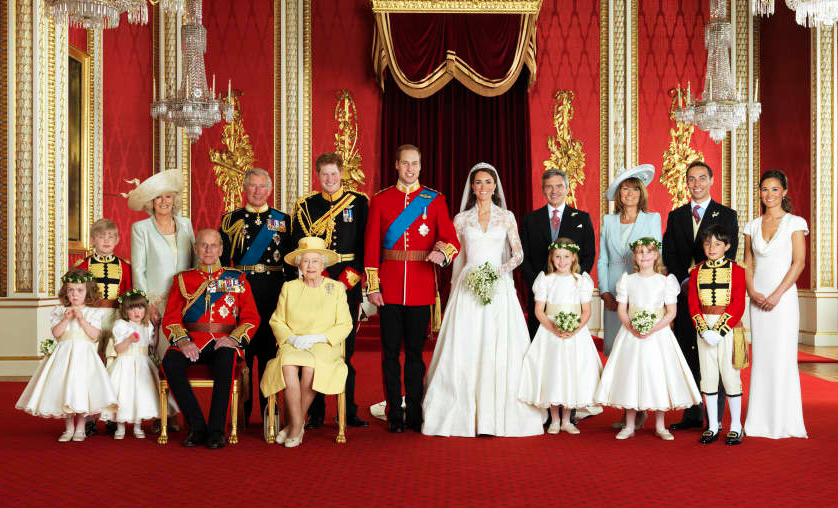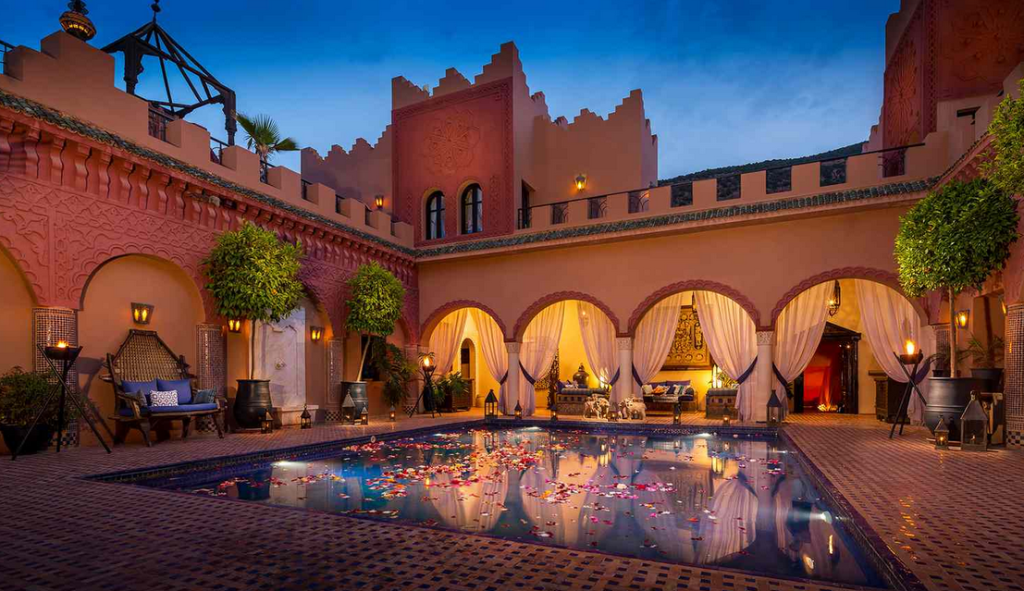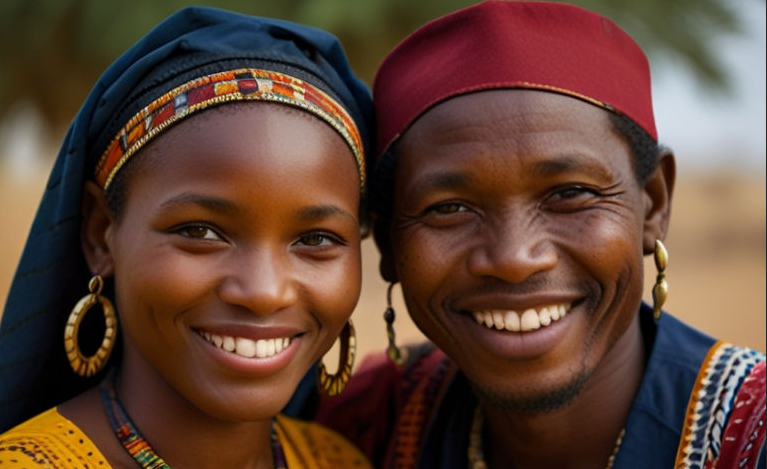Location
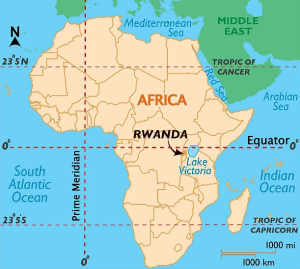
Rwanda is located in the central African region. The country is landlocked and borders Tanzania to the East, the Democratic Republic of Congo on the western side, Uganda to the North, and Burundi to the south. It is part of the Great Rift Valley and is slightly below the equator. Its capital is Kigali and is the most populated city in the country.
Population
In 2020, the country had 12.95 million people. Kigali International Airport is the elementary airport in the country and the largest in the country. It has about fifteen airlines and sixteen destinations. Rwandan franc (RF) is the currency used in Rwanda and is subdivided into 100 centimes. The languages spoken by Rwandese people are heavily influenced by pre-colonial, colonial, post-colonial, and post-genocide periods and the country’s current trade with the countries in the East. The official languages used are English, Kinyarwanda, and French.
Language
Rwanda has two major ethnic groups: the Hutu and the Tutsi. The Hutu account for fourfifths of the total population, while the Tutsi account for one-seventh of Rwanda’s population. The Twa is the other ethnic community that comprises less than 1 percent of the country’s population. They are known to be hunters and gathers since they still live in the deep forest of the county. The remaining minority groups include the Europeans, a few Asian merchants, and Africans from the neighboring communities.
The official languages spoken in the country are English, Swahili, Kinyarwanda, and French. Kinyarwanda is one of the Niger-Congo language families spoken by virtually all the people in Rwanda and is close to the Rundi language, which all Rwandese virtually speak. Swahili is spoken predominantly in towns, especially when trading with the locals and
neighboring communities, serving as the principal mode of communication with Africans in neighboring countries. Only a fraction of Rwandese speaks English and French, although, in 2008, English was made the language of educational instruction.
Rwandese are relaxed and welcoming people. Their greetings are polite and extensive naturally. During their greetings, women take the lead in greeting the men, and the younger generation will take the lead in greeting the older people (Adekunle, 2007). People will shake hands and use the right hand, and the left hand may be placed under the right forearm to show respect. Younger Rwandese have recently adopted the French-style cheek “kiss.” In the morning, one can greet a person (Waramutse) in Kinyarwanda, (Wiriwe) in the afternoon, and (uramuke) in the evening. The letter “M” is usually introduced when greeting someone superior or older to show respect. For example, “Waramutse” will be “Mwaramutse,” “Wiriwe” will be “Mwiriwe,” and “Uramuke” will become “Muramuke.” Other greetings are “Uraho,” which is used to greet someone one has met for the first time or someone one has not met for an extended period.
Rwandese often appreciate by saying thank you, which they say “Urabeho” in Kinyarwanda. Kinyarwanda is spoken by relatively 93 percent of Rwandese. The language is also used as the language for instruction in the media, institutions, administration, and commerce when making business transactions.
Climate
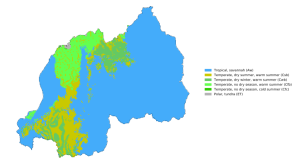
As a result of its high altitude, Rwanda has a climate that may be described as moderate tropical hillside, with temperatures that are typically lower than those seen in equatorial nations. Temperatures in Kigali, which is located in the middle of the nation, seldom deviate from a daily average of between 12 and 27 degrees Celsius (54 and 81 degrees Fahrenheit) even if the seasons change.
History

Rwanda’s native people before and after the country’s colonial period are the Hutu, Tutsi, and the Twa. The Twa are considered pygmies and constitute less than 1% population. During the pre-colonial period, when the Hutu arrived in the country, the Twa people gave way to the Hutu, moved to the forest, and lived as hunters and gatherers. The Hutu are believed to have migrated to Rwanda between the 5th and the 11th century. Tutsi migrated to the country in about the 14th century. With time, the land of the Hutu was taken over by the Tutsi to become Mwami’s property (Giblin, 2010). The Tutsi took, therefore, took over the Hutu land.

In the 19th century, during the European exploration of Africa, Richard Burton and John Speke passed through the land as they searched for the source of the river Nile in 1855. In 1885 during the Berlin conference, Rwanda was declared to be under the influence and control of the Germans. The Belgians gained the country’s control during the First World War and were mandated its supervision after the war in 1923 by the League of Nations. Miami’s power was curtailed under the Belgian administration.
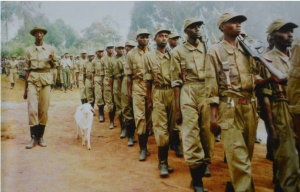
As a result of the unresolvable persistent historical hostility between the Hutu and Tutsi republics, the Belgians could not implement a stable political union. Therefore, the Belgian Trusteeship Agreement was terminated in 1962, which led to the country’s independence the same year, and Gregoire Kayibanda became the president (Newbury, 1998). Since 1994 after the conflicts between the two ethnic communities, the Rwandan government, and international organizations have been establishing and promoting the country’s education systems as a primary strategy to enhance development. Its government has been working with local and international non-governmental organizations to achieve its development plans.

